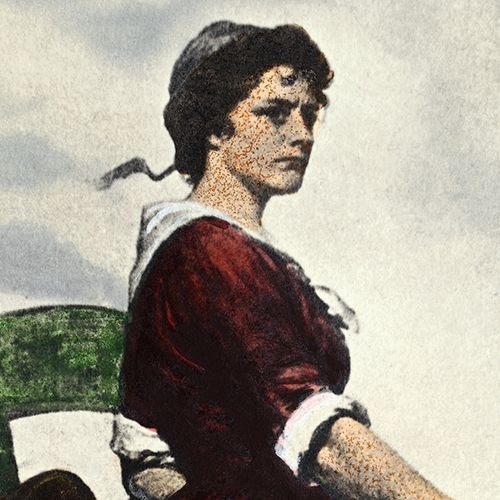Mary Ludwig Hays McCauley (Molly Pitcher)
1754 - 1832

https://www.ushistory.org/
I was born around 1754, the daughter of a dairy farmer in New Jersey. When I was thirteen, I left home to work as a servant, and not long after, I married William Hays, a barber from Pennsylvania. When the Revolution began, William joined the Pennsylvania Artillery, and I followed him into camp as part of the army’s support. We marched through the Philadelphia Campaign and endured the long, freezing winter at Valley Forge together.
By the summer of 1778, we were with the Continental Army at the Battle of Monmouth. The sun was punishing that day, and I was carrying water to the soldiers when my husband collapsed beside his cannon. I put down the pitcher and stepped up to help the artillery crew. I loaded cannon fire through the battle, standing in the thick of it. At one point, a cannonball tore through the hem of my skirt. I looked down and said it was lucky it didn’t go any higher, then kept working.
Some said General Washington saw what I did and gave me a commendation. After that, they called me “Sergeant Molly,” though no official record of that moment has ever been found. Still, my name—Molly Pitcher—became part of the legend.
When the war ended, William and I settled in Carlisle, Pennsylvania. I worked as a domestic and a charwoman at the State House. William died in 1786, and in 1793 I married another veteran, John McCauley. I never sought out recognition, but in 1822 the Pennsylvania legislature awarded me a pension for my wartime service.
I died in Carlisle on January 22, 1832. It wasn’t until the 100th anniversary of the Revolution that a marker was placed on my grave. Some still debate whether my story was mine alone or a blend of many women’s efforts. But I stood on that battlefield, and I did my part. I may not have worn a uniform, but I fought just the same.
